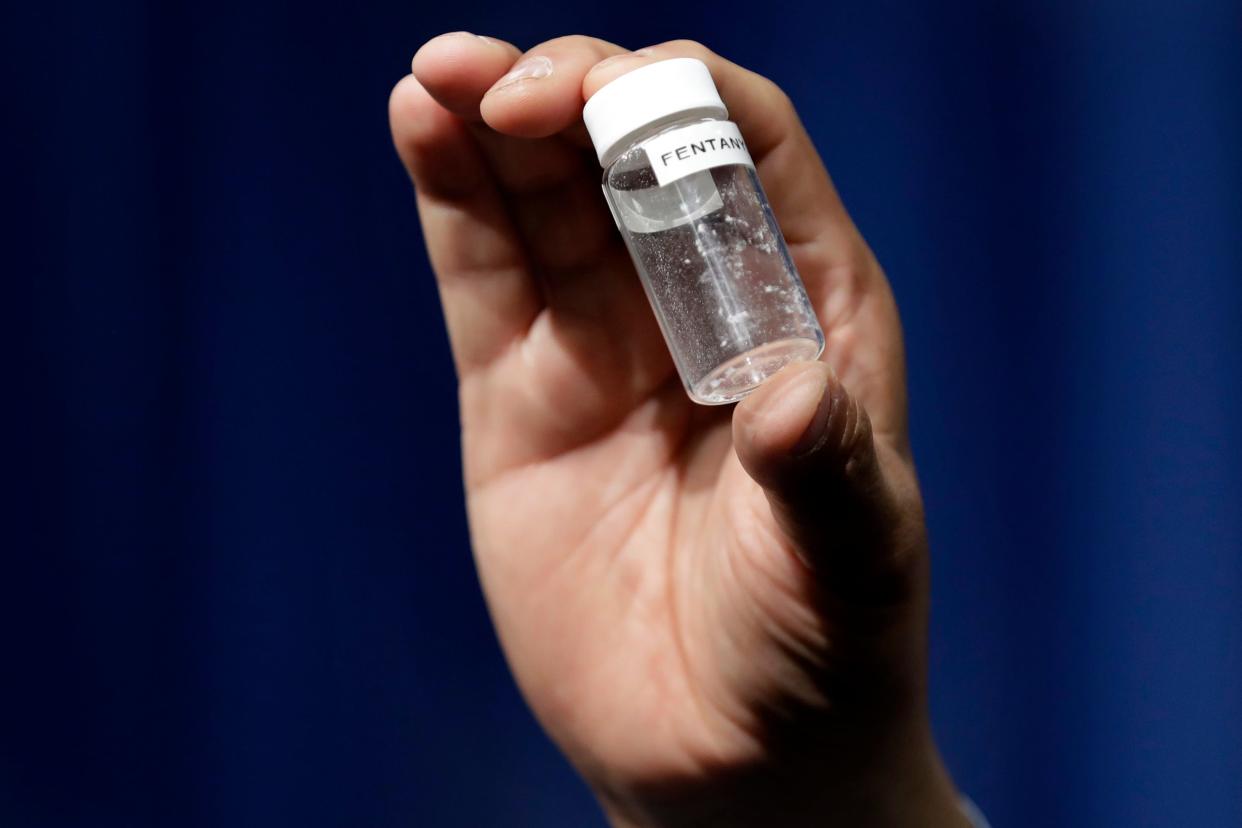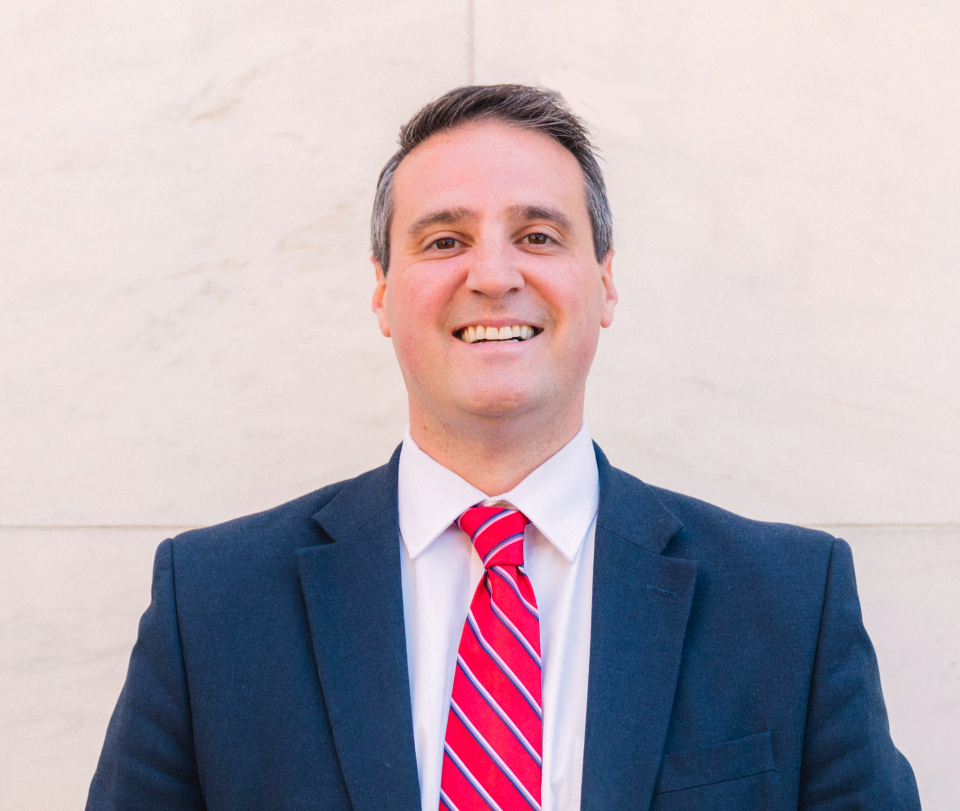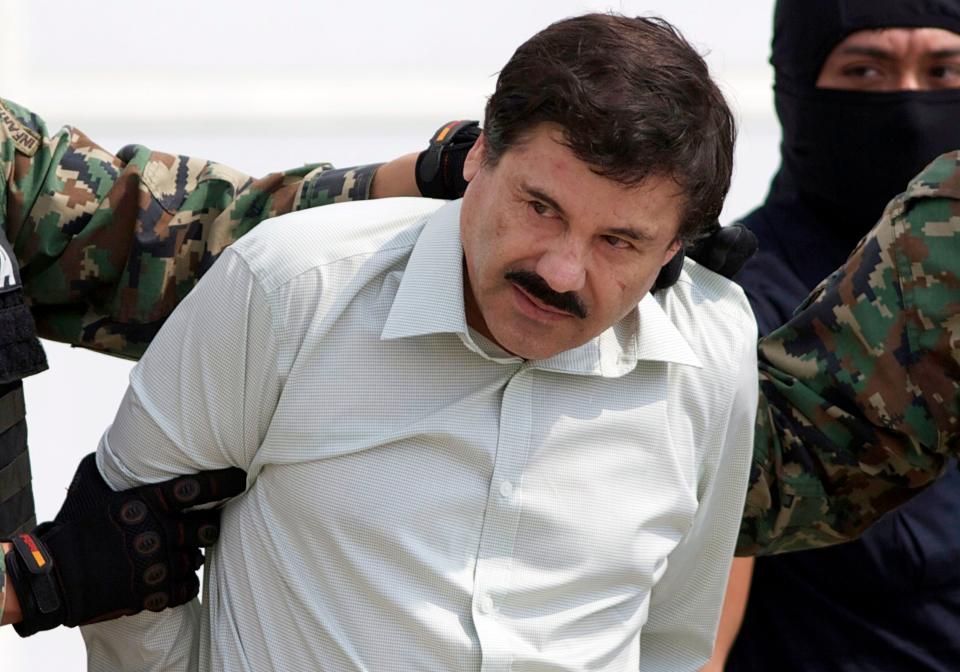Prosecutor: 'We are fighting merely for survival.' Drugs from border overwhelming Ohio

Raymond A. Grogan is the Marion County prosecuting attorney.
Everyone can see we have a problem at our Southern border.
Drugs are pouring over into our communities at alarming rates and while there are many who are quick to go on television and talk about how dire the situation is, it is communities such as mine that must deal with it every day.
Recently, the United States Customs and Border Protection had over 234,000 encounters with individuals at the southern border — 234,000 people. In one month. The month before that, it was over 222,000 encounters.
More: Moreno: Unsecured southern border invites problems including 'terrorist' drug cartels
It is not just people coming across our border; the border is also a conduit for an overwhelming amount of illegal drugs.
A 2021 Issue Brief from the U.S.-China Economic and Security Review Commission found “(t)he Sinaloa and Jalisco cartels are the main entities responsible for manufacturing precursor chemicals into finished fentanyl and smuggling it into the United States.”

The men and women who work for Customs and Border Protection are heroes who undoubtedly work hard, but the sheer number of encounters they have do not allow them the time, energy, or resources to adequately protect us from the influx of illegal drugs.
Recently, Mexican and U.S. authorities found a tunnel from Tijuana to Otay Mesa, California that was used to smuggle drugs. The drugs recovered from the tunnel are estimated to have a value of $25 million.
It causes one to wonder, how many drugs were smuggled before the tunnel was discovered?

More: How to submit guest opinion columns to the Columbus Dispatch
The federal Drug Enforcement Administration reported that last year it seized enough fentanyl to kill every American. Sadly, this statistic directly correlates to the more than 107,000 people who died from illegal drug overdoses last year — the highest number ever. Think about the lives lost, the potential wasted, the kids left behind when 107,000 Americans are needlessly killed through drug overdoses.
While there are many who talk about the problem at our Southern border in abstract terms, I can assure you that it has real consequences for communities such as mine, a community that is more than 1,000 miles away from the U.S.-Mexico border.
My community is relatively small. Marion County, Ohio is home to 66,500 residents.
More: Ohio Republicans say secure border will curb overdoses, but drug crisis is complicated
We have a local police department and a county sheriff’s office. Those two agencies, along with my office, make up the MARMET Drug Task Force.
This Task Force has five full-time detectives and a supervising detective. Since 2018, this unit has taken over 4,000 grams of fentanyl off our streets.
That is enough fentanyl to kill over 2 milion people. This does not include the thousands of grams of methamphetamine, thousands of opiate-based pills, or thousands of grams of other drugs that they have seized in that time.
In 2019, Marion County had 30 residents die from an illegal drug overdose. That number jumped 40% to 42 lives lost to a drug overdose in 2020. Last year, the number was 36. These are 108 mothers, fathers, brother, sisters, and children. They are now gone forever, leaving family members devastated and trying to pick up the pieces left behind.

We are doing all that we can from a local position to fight back.
We aggressively prosecute drug traffickers for selling these drugs, and in particular, those who sell and supply the drugs which result in the fatal overdoses.
More: Portman: OSU deaths example of terrifying rise of counterfeit drugs. National action needed.
We have drug courts in municipal court, common pleas court and even in juvenile court.
We have more treatment providers than ever before. But unless and until the Biden administration gets serious about shutting down the flow of illegal drugs on our southern border, we are fighting merely for survival, not for prevention.
The federal government is the only entity that can make lasting, impactful change to the drugs coming from the border. We need the help now.
This problem cannot wait any longer. My community, and thousands more like it across this country, are dealing with the devastation of these deadly illegal drugs every day.
We need help.
We need the Biden administration to do its job and to do it now.
Raymond A. Grogan is the Marion County prosecuting attorney.
This article originally appeared on The Columbus Dispatch: Opinion: Impact illegal drugs from Mexican border having on Ohio?

